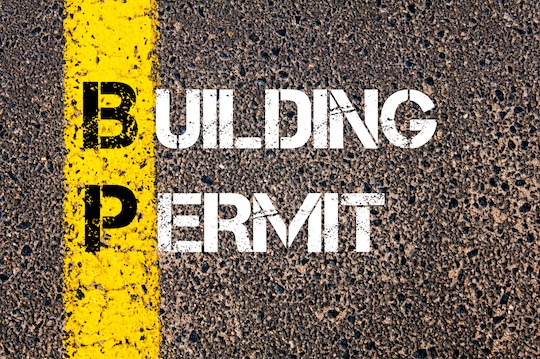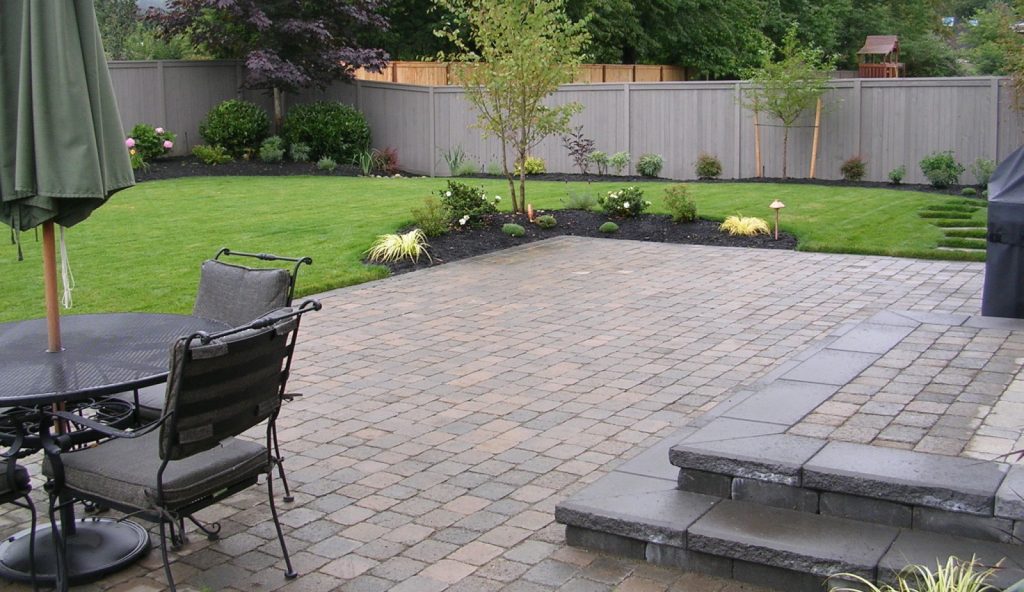A basic concrete driveway, properly built, does not require permitting. That is, unless conditions of the site are “normal” – and “normal” is far from universal.
When a homeowner in Los Angeles is ready to build a common concrete driveway, for the most part there is no permitting required. From the FAQ section on this topic on the Los Angeles County Public Works website: “Under the 2002 County of Los Angeles Building Code, section 106.3(15) states that a building permit shall not be required for “Platforms, walks and driveways not more than 30 inches above grade and not over any basement or story below,” and as such, the driveway construction method is not regulated by the building code.”
But the key word here is “common,” along with the other qualifiers in the Public Works criteria. Los Angeles has hilly topography, a variety of neighborhood layouts, and additional factors that do in fact impose requirements for permitting or other forms of zoning approvals. A driveway contractor most likely knows the permit requirement like the back of his hand, having created paver, concrete and asphalt driveways.
Some examples of the criteria:
Driveway widths. The minimum width of a driveway apron is either 10 feet or 12 feet, depending on the specific zone in which the property lies. The maximum width is 18 feet, however in some zones it is 30 feet.
Steep grades. Driveways on hillsides, not uncommon in LA, are of concern to drivers – think about undercarriage damage from scraping pavement – as well as fire officials. This latter matter, as regulated by the Los Angeles County Fire Department codes, address the slope of roads leading to residential properties. It says (code 503.2.7), “Fire apparatus access roads shall not exceed 15 percent in grade,” But that comes with an exception. If no more than two, single family dwellings are on the property, a 20 percent grade is ok as long as the drive is 500 feet or less.
Driveway location. This is where there are many regulations, and for good reason. A driveway should not lead directly into an intersection. Driveways should be constructed according to the “intensification of use,” such as when a residence is increased in size or occupied dwelling units that would add to the traffic in and out.
Water drainage. There are rules on the slope of the driveway that ensures runoff of stormwater (between 2 and 10 percent grade). But if conditions of the site are such that the homeowner needs to channel water to a part of the city storm drain system – a catch basin connection, storm drain lateral, storm drain main line, etc. – a Storm Drain Permit is required.
So as should be clear, while the construction of the structure of the driveway itself, entrusted to a professional contractor, does not require a permit, the location and other factors that might change with the property might well warrant permitting.






